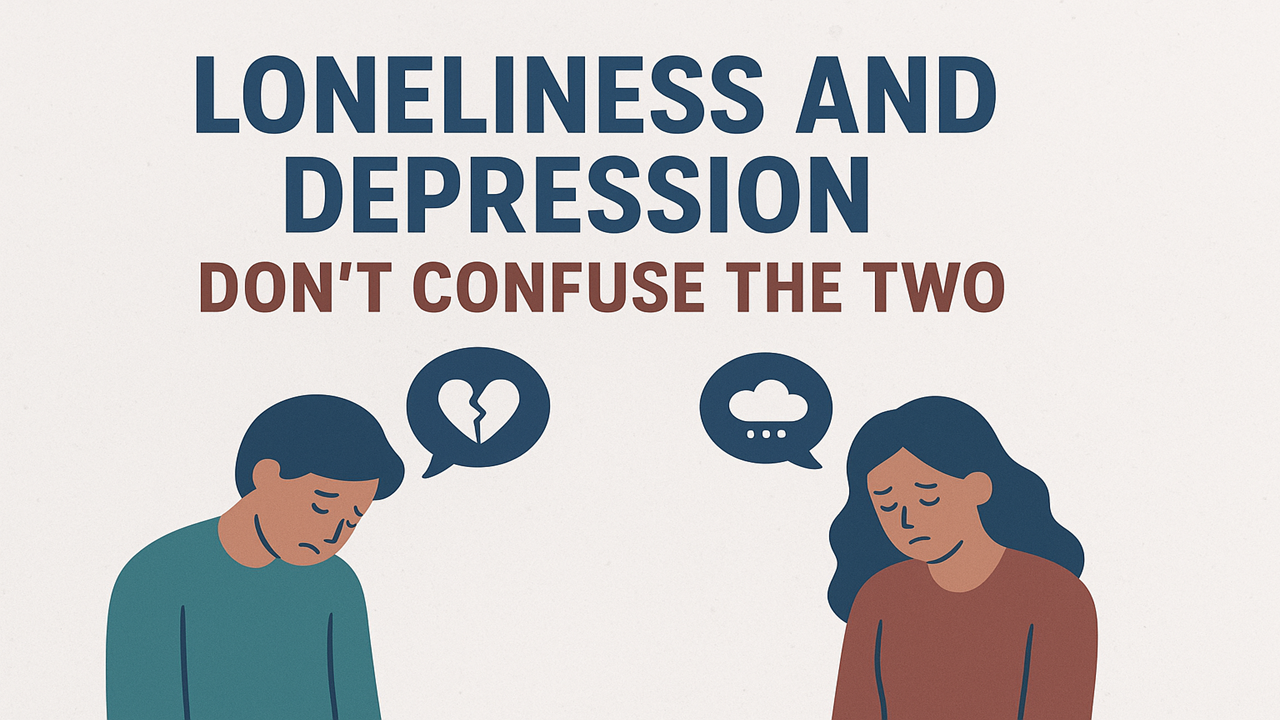
- 07 Dec 2024
- Psy. Ashish Pandey
Sleep Divorce
In a world where we’re constantly
bombarded with advice on how to maintain a happy and healthy relationship, one
unconventional strategy is gaining popularity: sleep divorce. But don’t let the
term fool you—it’s not about ending a relationship. Sleep divorce refers to the
decision by couples to sleep separately for the sake of better rest and overall
well-being. And surprisingly, it might just be the secret to a happier
relationship.
What
Is Sleep Divorce?
Sleep divorce occurs when partners
choose to sleep in separate beds or even separate rooms. This arrangement is
often driven by factors such as snoring, differing sleep schedules, light
sensitivity, or even disagreements over room temperature. While the idea might
seem unconventional or even taboo, research suggests that prioritizing good
sleep can significantly enhance both physical health and emotional intimacy.
Why
More Couples Are Considering It
Modern lifestyles and evolving
attitudes toward relationships are making sleep divorce less of a stigma and more
of a practical solution. Here are a few reasons why couples are embracing it:
- Improved Sleep Quality
Sharing a bed can sometimes mean disrupted sleep, whether it’s due to a partner’s tossing and turning, snoring, or sleep talking. By sleeping separately, each person can tailor their environment for optimal rest, leading to better mood, focus, and energy during the day. - Reduced Resentment
Constant disruptions at night can breed frustration and resentment, which can spill over into daytime interactions. Separate sleeping arrangements eliminate these issues, allowing couples to enjoy quality time together without the undercurrent of sleep-deprived tension. - Health Benefits
Chronic sleep deprivation is linked to a host of health problems, from heart disease to weakened immune function. Sleeping apart ensures that both partners can achieve the restorative rest their bodies need. - Preserving Intimacy
Contrary to popular belief, sleeping apart doesn’t necessarily diminish intimacy. In fact, some couples find that the deliberate effort to spend quality time together—whether it’s cuddling before bed or scheduling morning coffee dates—actually strengthens their bond.
How
to Make Sleep Divorce Work
If you’re considering sleep divorce,
communication is key. Here’s how to navigate this shift in your relationship:
- Discuss It Openly
Approach the topic with sensitivity and an open mind. Emphasize that the goal is to improve both partners’ well-being, not to create emotional distance. - Set Boundaries and Expectations
Agree on how and when you’ll spend time together to maintain intimacy and connection. This could include shared bedtime rituals, designated cuddle sessions, or morning check-ins. - Create Comfortable Spaces
If you’re moving to separate rooms, ensure that both spaces are conducive to sleep. Invest in a comfortable mattress, blackout curtains, and any other essentials for a restful environment. - Reevaluate Regularly
Check in with each other to assess how the arrangement is working. If one or both of you feel that it’s not benefiting the relationship, be open to revisiting the setup.
Breaking
the Stigma
The term "sleep divorce"
can sound dramatic, but in reality, it’s about prioritizing health and
happiness—both individually and as a couple. As society becomes more accepting
of nontraditional relationship dynamics, more people are realizing that there’s
no one-size-fits-all approach to love and partnership.
Ultimately, what matters is finding
what works best for you and your partner. Whether that’s sleeping in the same
bed or embracing the benefits of a sleep divorce, the goal is the same: to
nurture a relationship that thrives on mutual respect, understanding, and care.
So, if your sleep isn’t as peaceful
as your relationship deserves, don’t be afraid to explore this unconventional
yet practical solution. Sometimes, sleeping apart can bring you closer
together.






